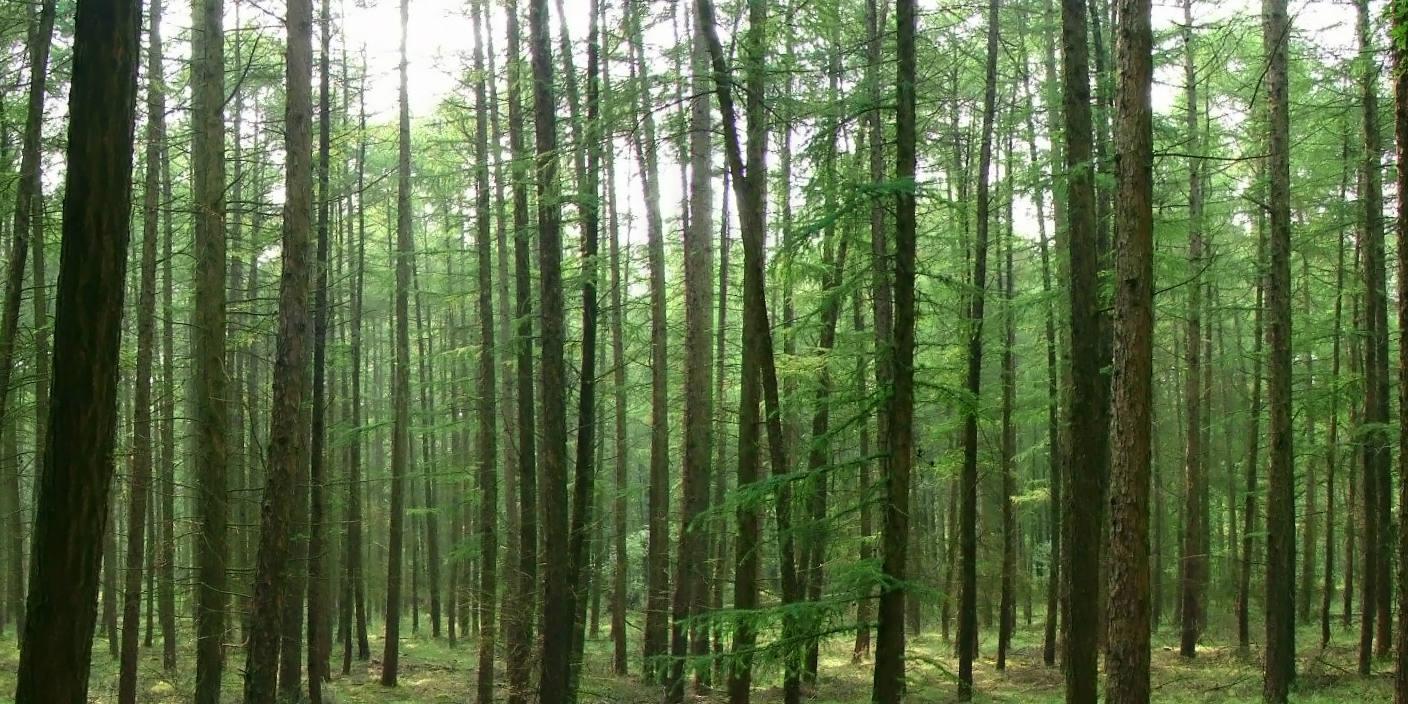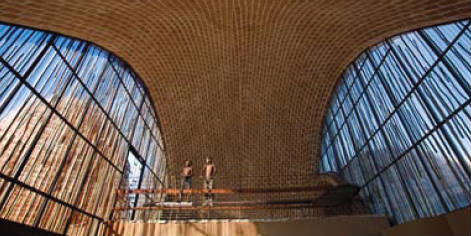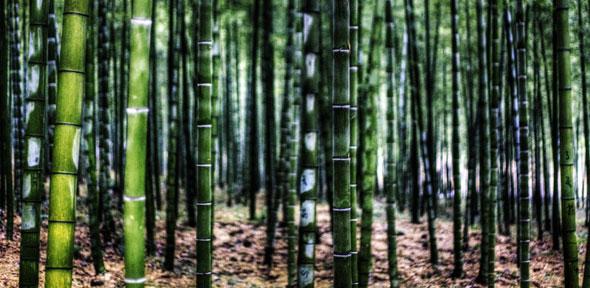
This month, focused on a specific resource - wood - and we'll use it to make links between innovation and design, and the future supply and demand for natural materials.
Dr Peter Freer-Smith, the Chief Scientist for Forest Research and Forestry Commission, joined Jon Kirkpatrick, the Head of Sustainability, Europe, for Lend Lease and Michael Ramage, a Senior Lecturer in who is leading a new Centre for Natural Materials Innovation in the Department of Architecture.
To help to set the scene for their introductions, they sent us some background papers links to press releases and articles about them are next to the photos.
Research gaps
Peter argued that the UK has moved from a past focus on woodland creation to an agenda driven by climate change adaptation and protection from pests and pathogens, both couched in terms of resilience. Climate adaptation work focuses on the silviculture of different species - the practice of controlling the establishment, growth, composition, health, and quality of forests to meet diverse needs and values – as well as the properties of the wood itself. He finished by stressing the need to value woodlands not only in terms of the resource they provide, but also in terms of their conservation, their landscape, recreational value, their forest protection, their soil protection, their water management qualities, even flood defence. If all of these are considered, the price may be a loss of production – is this one we are willing to pay?
Jon said that it is clear there are considerable sustainability and construction benefits to using timber. Although he agreed with Michael that some of the barriers to using more natural building materials are technical, he stressed that there are also considerable challenges associated with people’s perceptions of whether they are a viable and competitive alternative to steel and concrete. In his experience, some of these are practical such as fire risk, strength or durability which in turn impact mortgages and insurance. Others relate to economics, changes to the design and construction of the building and the environmental impact of the materials. This catalysed a discussion related to how the ‘true’ costs and benefits of natural material could be explored throughout the supply chain from where it is grown to where it is used.
Michael’s new Centre aims to develop new sustainable applications for plant-based natural building materials such as bamboo and cross-laminated timber. Ultimately, he wants to use these materials like this to create skyscrapers more than 10 storeys high. When thinking about what these buildings will look like, he argued that a paradigm shift is needed in the way buildings are designed rather than simply applying steel and concrete-based design expertise. The properties, strengths and weaknesses of these new plant-based materials will allow architects to experiment and create new structural forms.
Wicked problems and questions generated by the open discussion
How can we measure the ‘true’ costs and benefits of using timber in construction, including the impacts of material processing (such as glue), methane and carbon emissions during shipping and transportation? Even though the carbon emissions from shipping are low, would it be more sustainable to source it from as close as possible to the construction site rather than producing it in another country?
According to FRA 2015, planted forests make up 7% of the total global forest area but provide 45% of industrial round wood consumption. Peter argued that planted forests could supply the bulk of our wood requirements and protect remaining natural forests. Given changing uses, is this feasible?
What tree species are needed to supply the timber for future buildings and where in the world will it come from? The most productive trees are fast growing eg eucalyptus, but how many and which aspects of construction are they suitable for? We tend to think about supply chains like this in global terms but would reducing the use of timber for paper really increase the supply of suitable grade wood for construction? As these forests already exist, can we – or should we - increase the use of such timber by material innovations?
What are the barriers to using natural material in buildings and how can they be overcome?
Could the land sparing/land sharing debate be extended to forests and forest ecosystems?
References for background reading
Tim Payn, Jean-Michel Carnus, Peter Freer-Smith, Walter Kollert, Shirong Liu, Christophe Orazio, Luiz Rodriguez, Luis Neves Silva, Mike Wingfield (in prep) Changes in planted forest and future global implications
Patrick Fleming, Simon Smith and Michael Ramage (2014). Measuring-up in timber: a critical perspective on mid- and high rise timber building design . Architectural Research Quarterly, 18, pp 20-30 doi:10.1017/S1359135514000268
One of the projects that Jon used as an example is the regeneration of Elephant and Castle and you can read more about it here: http://www.elephantandcastle-lendlease.com/
For more information about the Forum or this meeting, please contact Dr Rosamunde Almond (r.almond@damtp.cam.ac.uk)




